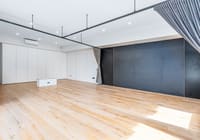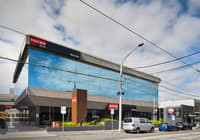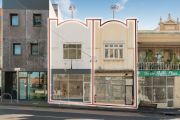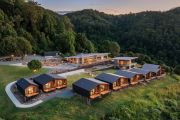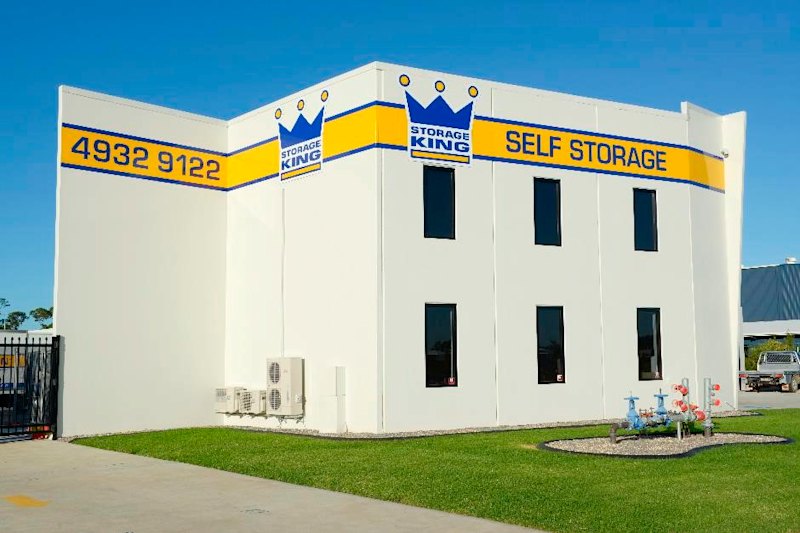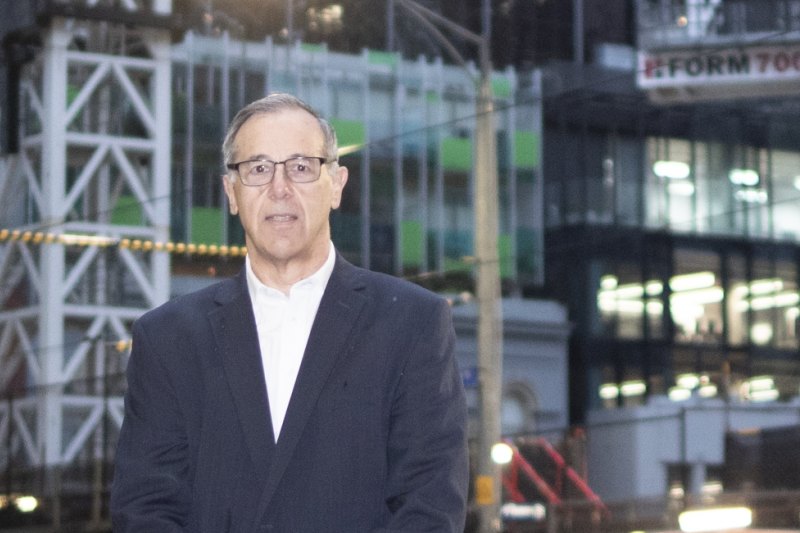
‘Build it and they will come’: Cbus Property’s $1b Bourke Street bet
Industry super fund developer Cbus Property is going full steam ahead building a $1 billion tower Melbourne CBD tower with less than one third of its space pre-committed, confident that it will have few competitors for corporate tenants when completed at the end of 2026.
The anchor tenant for the 60,000 sq m tower at 435 Bourke Street is Commonwealth Bank, which is taking 15,000 sq m, while law firm Baker McKenzie has just signed on for 3600 sq m.
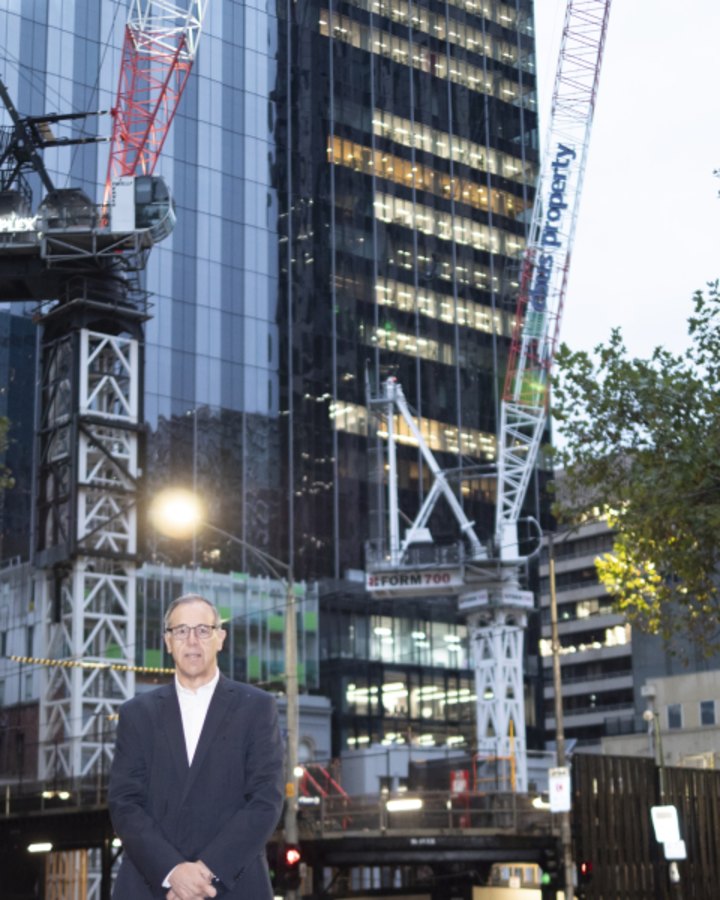
But those commitments comprise around just 30 per cent of 48-level building’s volume, well below the level of pre-commitment certainty typically required before a developer commences a new building. That makes Cbus Property’s decision to press ahead one which encapsulates both the opportunity and risk in an office market where vacancy has surged above 16 per cent.
“The logic behind it is that there is nothing else coming out of the ground by the time we are finished. The competition is very minimal, if any,” Cbus property chief executive Adrian Pozzo told The Australian Financial Review.
Cbus Property is the development arm of the $85 billion industry fund which holds retirement savings for construction workers, employees in manufacturing, the media and elsewhere. Its property arm had a $6.4 billion portfolio and another $5 billion of work under way across both office and residential at the end of the 2023 financial year.
While its average return since inception almost two decades ago tips above 14 per cent, the fund returned just 0.5 per cent last year, nevertheless bettering the industry benchmark of negative 1.3 per cent.
That result reflects the broader turmoil across the commercial property sector as valuations – particularly for office towers – are battered by high interest rates and a weak market, worsened by the shift to hybrid work.
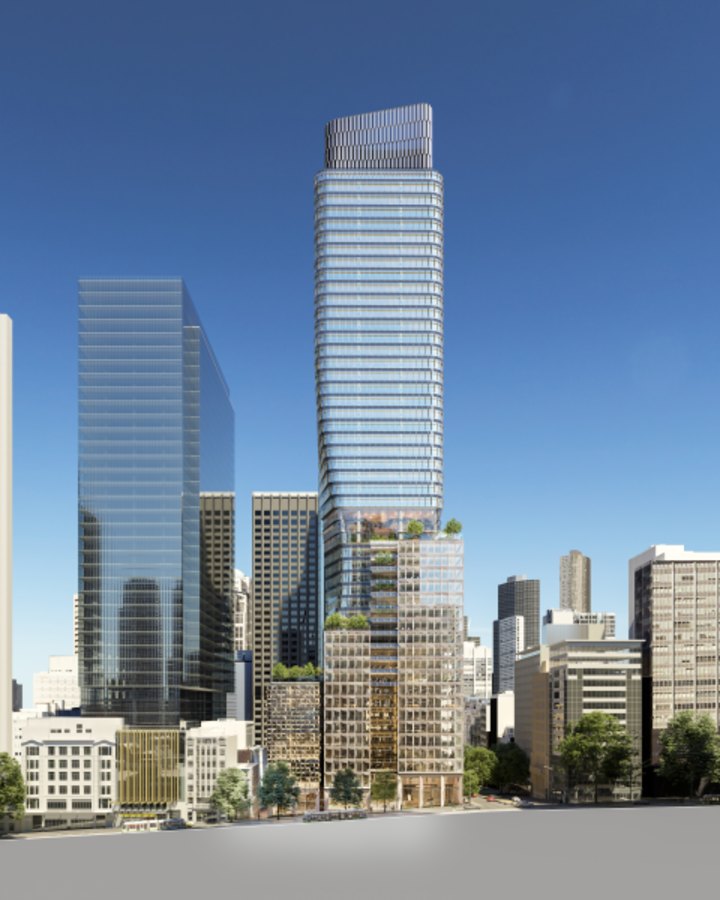
Mr Pozzo is nevertheless confident that opportunity can be plucked from the shakeout, particularly as blue chip tenants – banks, law firms and other professional services – press to secure high-quality work spaces for their employees.
The Cbus Property chief hopes that “flight to quality” weighs in favour of a new building such as that at 435 Bourke Street, which among other things boasts a unique “solar skin” which will generate 20 per cent of base building energy requirements.
A key metric for developers, especially pertinent in a weak office market, is their ability to let space at economic rents, covering the cost of the building. For Cbus Property, building costs were locked in before construction inflation took off, giving it a better chance of securing those economic rents, even as the leasing market softened.
“We had a window for the opportunity to build 435 Bourke Street and we took it,” Mr Pozzo said.
“The cost to build equals economic rent. A lot of tenants don’t like paying economic rent, unfortunately. They like paying market rent. But at market rent, we can’t afford to build it. We are getting economic rent. I would never build at a loss.”
Cbus Property is in talks with at least six tenants who would account for 90 per cent of the space. But even if only half of them sign on, 50-60 per cent of the building will be leased, according to Mr Pozzo.
Smaller tenants, in the market for 3000 to 5000 sq m of space, will more likely emerge as the building approaches completion.
“For the single floor tenant 2026 is a long way away. We’re of the belief that they will come as they see the building going up.”




